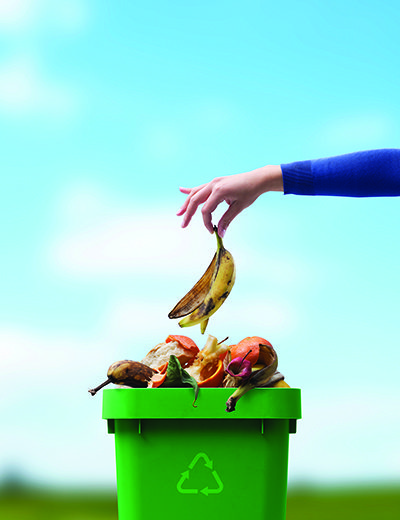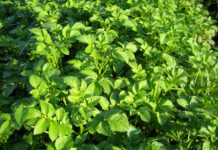
Will they come? A new study explores the effects of kerbside compost collection programs in New South Wales, Australia.
Most organic household waste ends up in landfills where it generates methane. Composting food and garden waste can significantly reduce these emissions. This latest study, from the University of Illinois Urbana-Champaign, looked at the effects of kerbside compost collection.
“As municipal composting services were being rolled out in Australia, we wanted to measure how these policies affected household waste disposal behavior,” said Becca Taylor, assistant professor in the Department of Agricultural and Consumer Economics.
Between 2009 and 2015, 24 local government councils in New South Wales, Australia’s most populous state, adopted curbside services to collect food and garden waste for recycling into compost. Households received a red bin for general waste, a yellow bin for recycling, and a green bin for organic waste. Information campaigns educated people on the types of waste allowed in the bins, and some councils provided small kitchen caddies to make waste sorting easier.
Taylor and coauthor Lihini de Silva, of Monash Business School, analyzed household waste data from annual New South Wales government waste and resource recovery reports from 2008 to 2015.
“We had access to data for all three kerbside waste streams: landfill, recycling, and the newly added compost, so we could see spillover and linkages between them. We found the programs were very successful in getting organic waste out of the landfill. On average households redirected 4.2 kilograms of waste to composting, which represents 25% of the waste that previously went to landfills,” Taylor said.
In some areas, people could put both food scraps and garden waste in the green bins, while other areas only allowed for garden waste. When the researchers compared the two types, they did not find large differences in quantities, which suggests most of the compost came from garden waste.
“People were willing to compost garden waste if they were given the bins to do so. However, there is still room for improvement in getting food waste from landfill to compost, and additional interventions might be needed in addition to providing the bins,” Taylor said.
Based on the Australian data, Taylor and de Silva estimated that moving a ton of organic waste from landfill to compost would result in 6% to 26% reductions in methane emissions. They noted these results could vary for other locations because calculations are based on the specific compost and landfill technologies that are used.
”We also wanted to see if composting affected other recycling or waste amounts. It could go either way – people could be reminded to recycle other waste as well, or the additional time and effort could result in less general recycling. Another concern was whether giving people an extra bin would increase the total amount of waste,” Taylor said. “However, we did not find significant effects on recycling rates, so it’s not crowding out other recycling, but also not encouraging it. We also found no effects on the total amount of waste.”
“These compost collection programs facilitate methane emission reductions without reducing the amount of waste. This underscores that recycling is important, but generating less waste in the first place would result in even greater emission reductions. Both measures are important elements of sustainable practices,” Taylor concluded.
The paper, “If You Build It, Will They Compost? The Effects of Municipal Composting Services on Household Waste Disposal and Landfill Emissions,” is published in Environmental and Resource Economics [DOI: 10.1007/s10640-023-00834-x].






